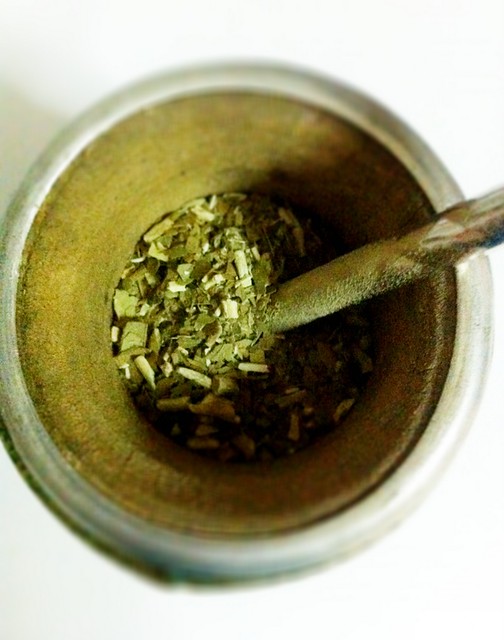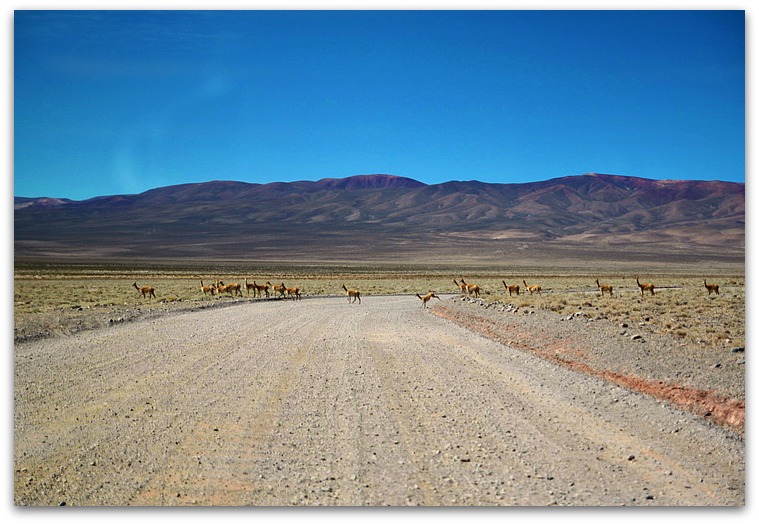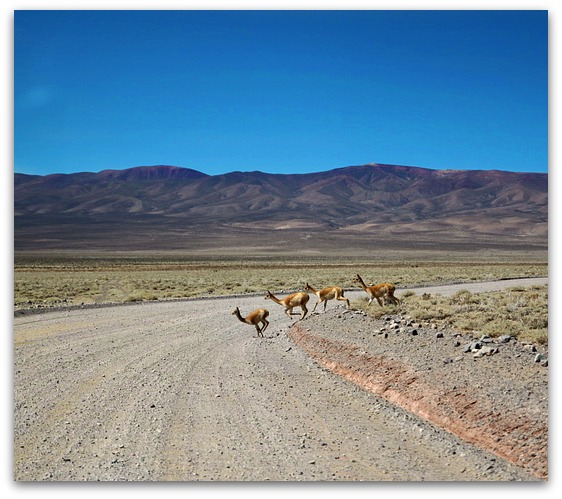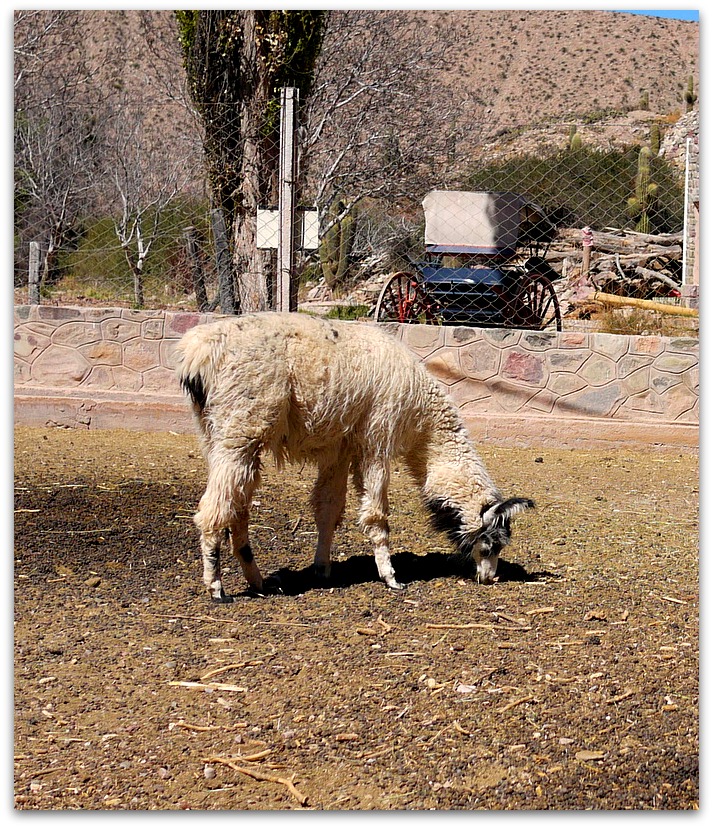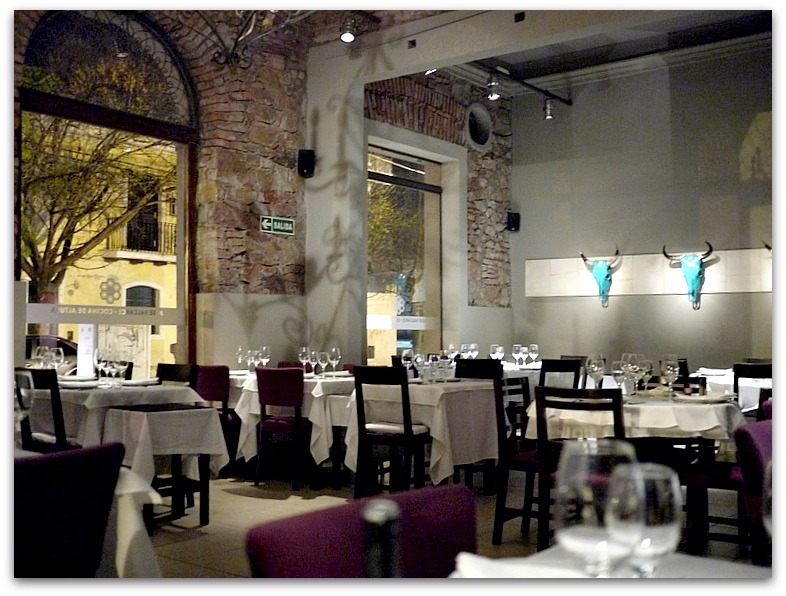NOT a food blog
Batu 8 Kapar Sea-foods (yes, with an “s”), Kapar
30 Nov 2011 Author: Lyrical Lemongrass In: Food Type: Chinese, Location: KaparSix of us squeezed into Bald Eagle’s Audi last weekend and headed off towards Kapar, armed with just a GPS and a lot of faith, on a quest for some “pretty awesome seafood”. Only Jun had been there before in his much younger days while riding in the backseat of his mummy’s car, so his only recollection of the place was:
1. The food is damn good
2. The restaurant is located just off the main Kapar road
3. Make the first right turn after the masjid/surau
4. Don’t expect much, it’s just a shack.
For the most part of the journey it was a rather pleasant drive thanks to the various super highways leading from our homes in Shah Alam to that little town beyond Klang. Our GPS was keyed in with the address, 162 Kampung Perapat – information we had lifted from the only blog that had a write-up on this restaurant. Prompted by the GPS, we turned off Jalan Kapar into Jalan Kampung Perapat, counting down the distance with the enthusiasm of a herd of ravenous pigs. As we drove deeper and deeper into the kampung with nary a restaurant in sight, the manifestation of yet another banana tree didn’t seem reassuring. The surroundings were eerie, like a scene from a Malay pontianak movie. Finally Jun spoke up.
“Hey guys, this doesn’t look right,” he said. “It should be just off the main road.” (refer point two above)
“Well, we’re following the GPS. Let’s just see where it leads us to,” I said.
We learnt, within seconds, that 162 Kampung Perapat was a dilapidated factory, situated in the middle of an overgrown thicket, with wooden gates that were carelessly held together with a rusty lock.
“Meena, did you see a masjid/surau when we were coming in?” Jun asked me.
Jun must have thought that my four eyes functioned as such – two eyes focused on the GPS and two on the surrounding landscape. Luckily, as we were retracing our route, we saw a surau on our left.
“Okay, turn left at the surau!” Jun, the only “authority” in our group remarked. Bald Eagle dutifully turned. “It should be just…..about……here!” Jun exclaimed. We looked. Crickets. A frog croaked. Something wasn’t right.
Sammy was the only person in the group who spoke Hokkien, to be specific, Penang Hokkien, so she was tasked to call the restaurant for directions after we agreed that we were getting nowhere with Jun’s able navigation. The first number she dialed led to a fax machine.
“Bugger,” I cursed. I pulled up the blog post again to look for more numbers. Three numbers were listed there. I tried the first number, a mobile phone number, and hastily chucked the phone to the Hokkien-speaking lass.
“Hello,” Sammy said hesitantly when someone answered. “Ini Restaurant Batu 8 kah?” she asked. We all wondered why she wasn’t speaking in Hokkien. “Kami nak cari Restaurant Batu 8!” More talk on the other end.
“Oh, maaf ya! Salah nombor!” Sammy hung up sheepishly and swore at us. “I think we woke that person up,” Sammy growled. “But nobody sleeps at 8 o’clock!” Karen interjected defensively. The unexpected remark broke the building tension in the car.
Hope was getting slim. I tried calling the second number. There was no answer. Then I looked at the blog post and saw that it was written in 2009. Unlike England where a copy of the Lonely Planet travel guide from 1981 can still be used as reference, nothing is of permanence in this country.
Could we be third time lucky, I wondered. We were already lost and hungry and had nothing to lose.
I cannot even begin to describe the joy we felt when the person on the other end of the line replied in the affirmative in Hokkien that we had dialed the right number. And therein began a comedy of errors as the man described mosques and suraus to turn at when there were at least four of those in a one mile vicinity. When he eventually realised that we were not achieving any progress as far as verbal directions were concerned due to a serious linguistic failure, he told us to go to the nearest surau and wait for him there. It was a testament to small-town hospitality and we applauded when he turned up on a motorcycle to lead us to the shack of food salvation.
We cheered as we saw a glimmer of light along the dark and narrow road; a silent welcome to the battle-scarred troop that had braved the journey from Shah Alam to Kapar bearing a bottle of Hibiki 17 year whisky on the promise of a meal of steamed mantis prawns, crabs in sweet and sour sauce, salt baked chicken with flesh so tender and flavourful that it needed no accompaniment, spicy squid, and fried beehoon with clams. It was a meal that satisfied every craving. It was a meal that was deserving of the one and a half hour journey of blunders and lapses in judgement.
Our journey home took 25 minutes.
The CORRECT address on the business card:
Batu 8 Kapar Sea-foods (yes, with an “s”)
162, Batu 8, Jalan Kapar,
42200 Kapar, Selangor.
….except that it’s not really on Jalan Kapar, is it? Head towards Jalan Keretapi Lama (runs parallel to Jalan Kapar) between the intersection of Jalan Masjid and Jalan Kampung Perapat. And if all else fails, you know you can call the friendly local tour guide at the numbers listed below:
Tel: 03-3250 8326, 012-318 6465, 012-218 6465
Argentina: Voy a extrañar tomar mates con vos
13 Oct 2011 Author: Lyrical Lemongrass In: Bits and Pieces: Friends, Bits and Pieces: Life, Location: Argentina“They drink this foul drink called mate in Argentina!” my friend cautioned me before I left for Buenos Aires.
I had read about mate in my travel guidebooks, and I was curious to try it. Mate (pronounced: maa-tay) is an infusion made by steeping mate leaves in hot water in a hollowed out gourd. The person then sips the drink through a metal straw called a bombilla (which has a sieve-like contraption at the bottom end to prevent bits of the leaves from getting sucked up).
It wasn’t the drink that fascinated me, but the communal ritual behind it. According to my guidebook, drinking mate in Argentina is a social activity with its own set of revered rules. The host prepares the infusion by pouring hot, but not boiling, water into the gourd which is already filled with mate leaves, and then proceeds to drink it up. Once finished, the host refills the gourd with hot water and passes it to the next person in the group. When that person drinks up all the liquid, the person hands the gourd back to the host, and the process continues with the third person. This stops only when a person says “gracias” signifying that he has had enough.
In Argentina, it is not uncommon to see people walking around with mate cups in their hands, and a flask hanging on their shoulder. Throughout our travel in the vast country, we saw families and groups of friends congregating in parks to drink mate. It was wholesome and heartwarming and reminded me of the old days when we’d have picnics at the beach in Penang, huddled over tiffin carriers filled with nasi lemak and sambal ikan bilis cooked by mum earlier in the day, as bits of fried peanuts spilled into the white sand.
“When a person offers you mate, you take it, because it signifies an offer of friendship.”
With only two weeks in the country, and because of our inability to communicate in Spanish, I knew that the chances of building lasting friendships in Argentina was slim, and with it, the opportunity to drink mate faded.
It was at a restaurant where I first tried mate. I was offered coffee, tea or mate. I grinned happily and chose mate. It came in a teabag in a cup of hot water. It didn’t look anything like the pictures. I drank it anyway, expecting a life altering experience, a moment that I would remember for eternity, if you will. I blinked. It tasted like green tea. Was that it? I felt cheated.
We were in a bus one day with a bunch of twenty-something Argentinians (and a Swedish) when one of them, a petite girl with long glossy brown hair, hopped over to where we were seated and introduced herself. “I’m Giuliana,” she said. Little did she know that those two words would be my redemption.
“Would you like to drink mate?” she asked.
“Would I like to drink mate? Would I?? Would I?!?!” I screamed hysterically within. My long wait was over.
“Yes, please,” I said aloud, with typical gentle Asian politeness. She didn’t sense my desperation.
She brought over a cup brimming with a thick sludge of tea and water. As I sucked on the straw, the full flavour of the mate hit me. It was bitter, but there was also a strong grassy flavour. I loved it. I smiled and handed over the cup to Giuliana. We drank mate for the remaining part of our journey with our new friends and shared stories about our travels, Malaysia, our food, our people, our Twin Towers.
I brought home a couple of kilograms of mate leaves together with my very own mate gourd and bombilla with the intention of carrying on this ritual of social interaction. Nowadays, I drink it often with friends. There is no fixed time. After dinner. After a dip in the pool. Before lunch. While singing along to Spanish songs till the wee hours of the morning. And we share stories of our lives.
A friend once remarked that if you open yourself up to the possibility that even the vagrant on the street is able to surprise you with tales of his life’s journey, your own life will be richly enhanced. I believe it to be true. And these mate days, these mate nights, they’re fuel for the camaraderie we share as our lives subtly weave into each other’s to create new memories.
Voy a extrañar tomar mates con vos.
Argentina: The Mighty Camelids
28 Sep 2011 Author: Lyrical Lemongrass In: Bits and Pieces: Holidays, Location: ArgentinaThe mighty camelids of South America – llama, alpaca, vicugna and guanaco.
In the Jujuy province in the north-west part of Argentina, en route to the Salinas Grandes (the great Salt Plains), we spotted these agile, graceful beasts – the diminutive vicugna.
The camelids are herbivorous animals. They do not have hooves, but possess two-pronged toes, and have long slender necks.
Llamas and alpacas are domesticated animals while the vicugnas and guanacos are wild. Llama meat is commonly eaten in Argentina.
So when in Rome…
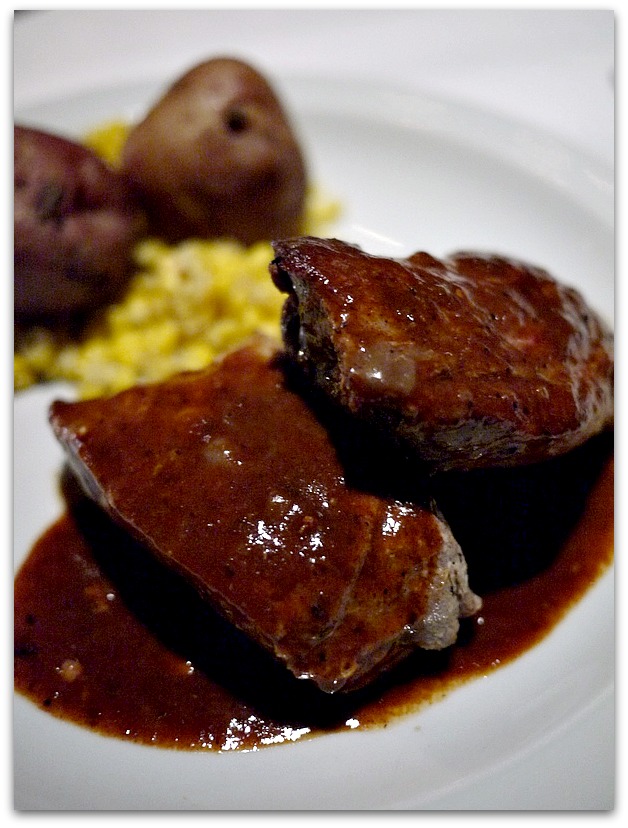
Llama loin, red pepper mirasol sauce, small stone potatoes, and corn in basil essence
…do as the Romans do.
Cooked…
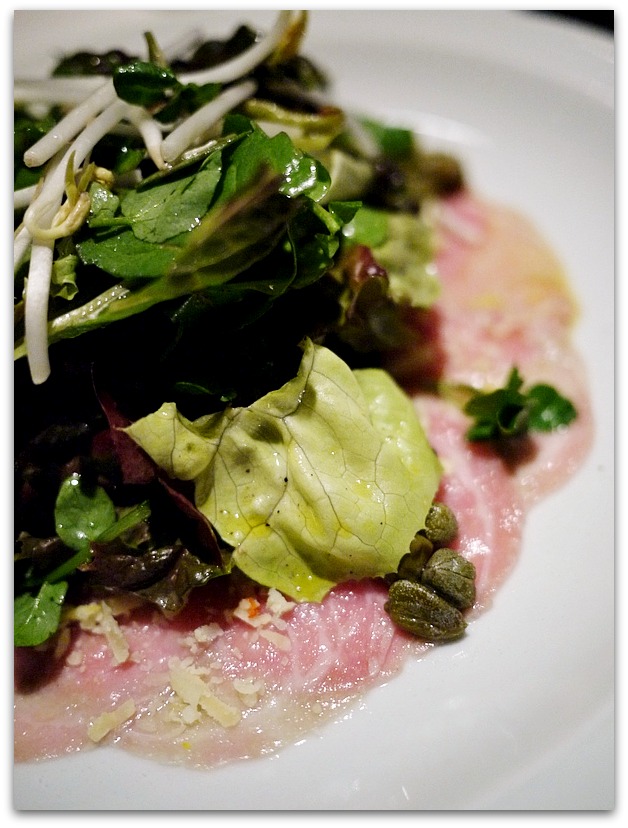
Llama carpaccio
…or raw.
Not quite chicken. Less gamy than beef, and tender in texture. It was our virginal experience at Jose Balcarce in Salta, a restaurant which serves exceptional Andean cuisine, concentrating on fresh and local produce.
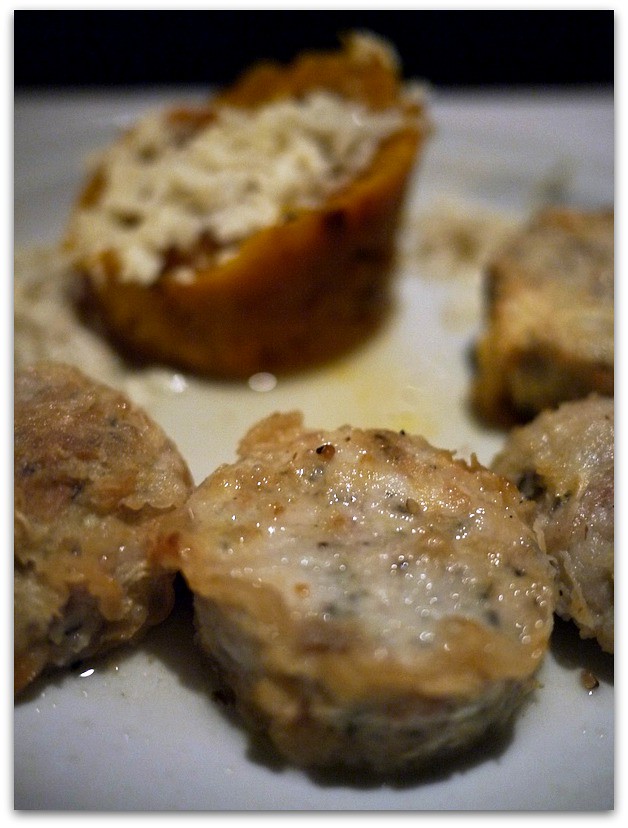
Yacare meat in roasted lemon sauce, mashed pumpkin and goat cheese
And if llama meat doesn’t suit your fancy, there is always yacare meat. (Yacare is a species of caiman from the alligatoridae family.)
Jose Balcarce
Necochea 590,
Salta,
Argentina
About this blog
Food, for me, is a means to an end and not an end in itself.
Food, for me, represents the love of family, the fellowship of friends, and the community and communality it brings.
